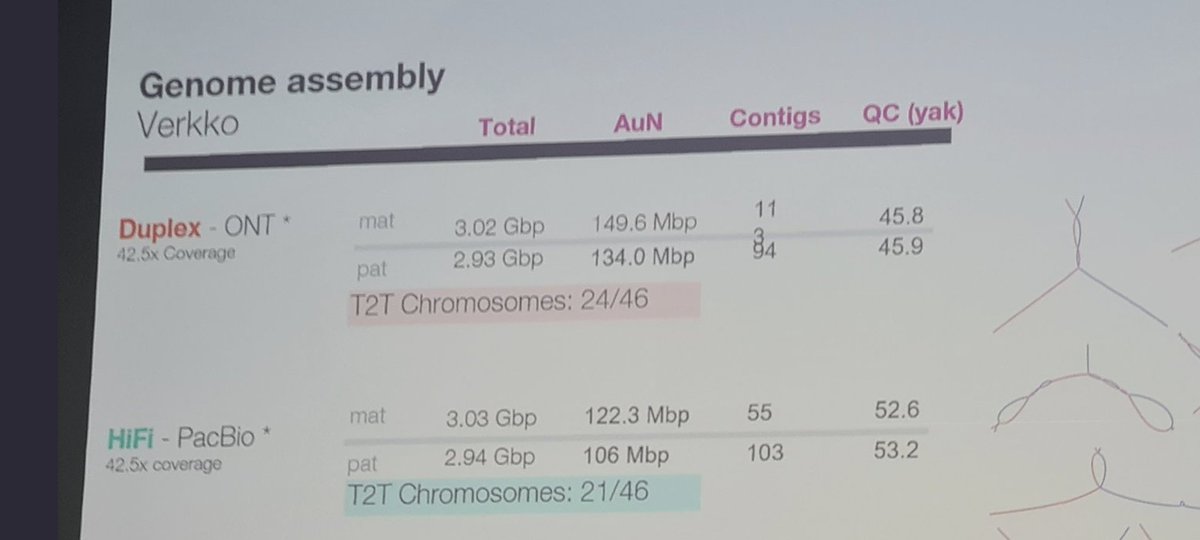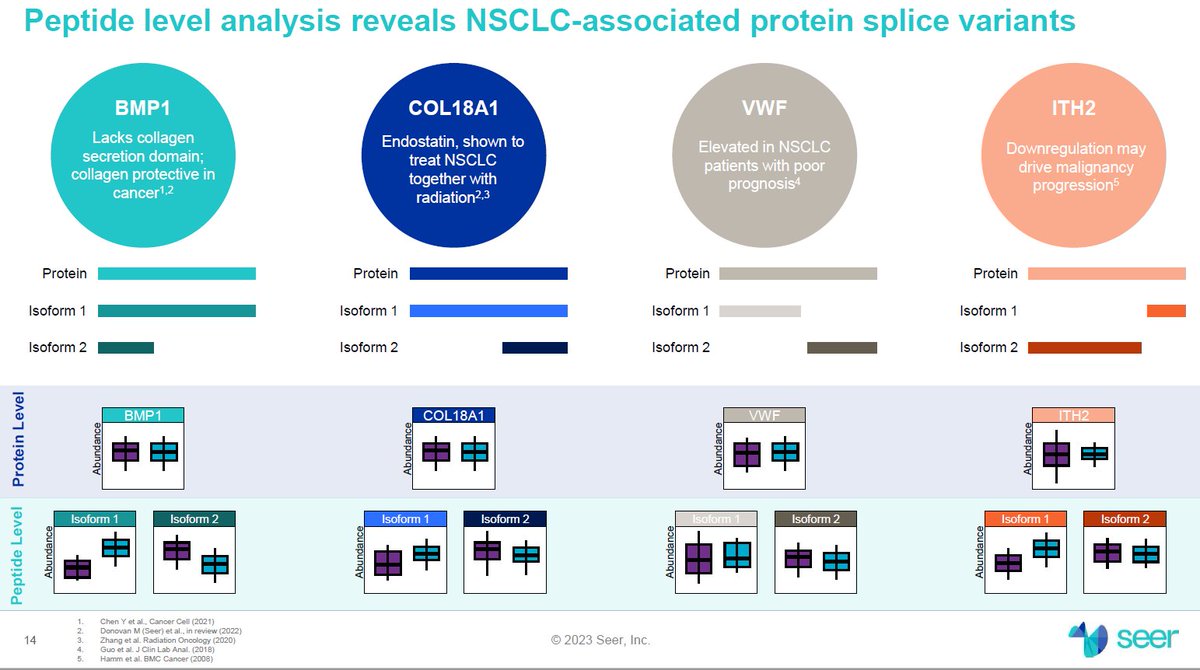
In #NextGenerationSequencing, @CompleteGenomic's new of the <$100/genome with their DNBSEQ T20 available from Q3 2023, and their T7x3 $130/genome pricing, we now have 3 companies that have hit the $200/genome mark with announcements: @ElemBio $ILMN Illumina and Complete Genomics.
Both $ILMN Illumina and @CompleteGenomic's will hit the $200/genome and <$100/genome mark in the second half of 2023, but @ElemBio Element Bio AVITIx3 and Complete Genomics T7x3 pricing models are *now* available at $200/genome and $130/genome respectively.
Also @UltimaGenomics is working on their U100 instrument aiming at $100/genome, and had several announcements of partnerships with library prep providers at #AGBT23.
More on NextGen-Sequencing specs at bit.ly/ngsspecs
• • •
Missing some Tweet in this thread? You can try to
force a refresh















